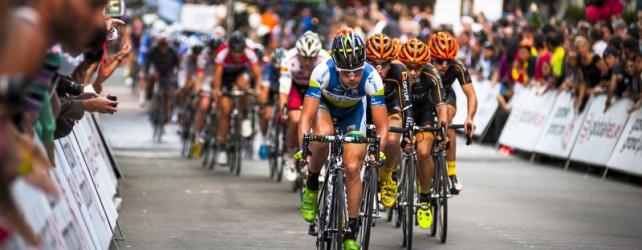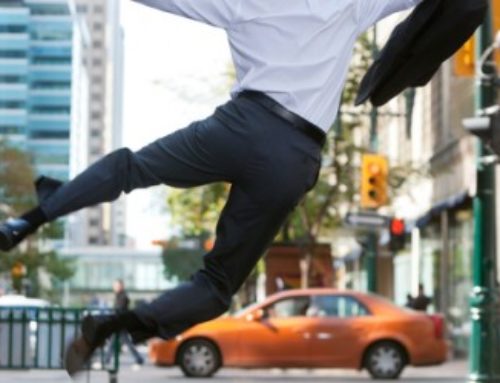This sporting event is a grind….grueling! But every summer, they go at it again, and we tune in to see who is going to win the mountain stage, or who got the yellow jersey that day. How do they maintain that high level of performance over time? No doubt that what goes into a successful tour is relevant to your nonprofit work.
Here are 4 things you can learn from these amazing cyclists:
1. Leaders don’t have to be in front. Each team has a Team Leader but did you notice he is rarely at the front of the riders? He knows if the team wants a win, he’s got to stay sheltered by the peloton most of the way. He trusts the other cyclists on his team to do their jobs and he only steps up when it’s necessary. There is a reliance and respect that is quite impressive!
How do you choose to lead your organization? Are expectations clearly communicated?
2. Success takes planning and strategy. Well before the race the riders are discussing race strategy – will we chase breakaways? Who should attack when? How will we manage that killer mountain stage? What will we do if someone gets injured? These teams don’t just train and then hope for the best.
How has your organization planned for future success? Are you prepared for challenges? Are you playing to your strengths?
3. You must recruit to the needs you have. It seems like there is a bazillion people needed to have a winning team on the Tour! In addition to the 9 cyclists, who each have a specific role (sprinter, time trial expert, mountain climber, domestiques, etc.), there is an entire support team. This includes doctors, managers, coaches, assistants, mechanics, and more. Whew. They make it work by identifying what is needed and then selecting the best folks for the position. All with the same goal in mind – to get their leader on the podium in Paris.
Have you recruited intentionally to ensure your organization is best-positioned to deliver your mission? Do you have the right board members and staff in place?
4. People want to be part of a winning team. Every year social media adds to the information being shared about the Tour. (Did you see the craziness with selfies this year?) The point is – when something interesting is going on, people want to know about it. When Lance was riding, I recorded every stage and stayed up till the wee hours to watch him race. When scandal broke out, I was disappointed and now, even though I still watch for tweets to see who is wearing yellow, it’s not the same. Recovering from bad decisions and negative press is tough. Your community deserves your best.
Are you managing your organization with the utmost integrity? Are your stories going viral for all the right reasons?
So what does this mean for you? I would encourage you to take a step back and look at your organization’s effectiveness. Do you have the right team in place, and are you all pulling in the same direction?
If not – are you bold enough to start the conversation?












Leave A Comment